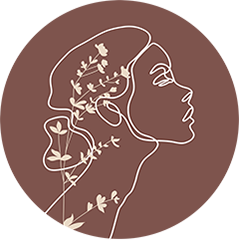Do you know how much tea was consumed in the year 2020 across the globe? It is a whopping 6.3 billion kilograms. This figure is supposed to reach nearly 7.4 billion kilograms by 2025. Yes, the world is full of tea lovers for sure. No wonder tea is the second most-loved non-alcoholic beverage after water in the world.
The birthplace of this aromatic beverage is China dating back to 2737 BC. Chinese folk tales say that the invention of tea is all about serendipity. The story goes like this:
A Chinese emperor was once sitting under a tea tree, Camellia sinensis, while his aide was boiling water to drink it.
Suddenly, the wind blew and some leaves from the tree fell into the boiled water.
However, instead of throwing the water, the king decided to drink it, and he liked it. And, the rest is history.
If you explore the refreshing world of tea, you will find various types of teas with varied oxidation and fermentation levels, with each one talking about its flavour, origin, taste, and of course, health perks.
If you are one of those tea +ve people who would love to expand their palate of drinking tea, we have you covered.
Here is the ‘Ultimate Guide To Different Types Of Tea And Their Benefits’. Keep brewing!
True Tea Vs. Tisanes!
Did you know not all teas are true teas? Yes, out of all the types of tea available in the market, only a handful qualifies as True Tea. It means these blends are made from the leaves of the Camellia sinensis plant.
You might be wondering, what about the rest? All the other variants come under the herbal tea category or tisanes. These variants not only contain tea leaves but a mixture of bark, flowers, spices, and non-tea herbs, as well.
The Members of the True Tea Squad
The True Tea Squad comprises black, white, green, pu-erh, and oolong teas.
Black Tea
Black tea, also known as red tea, is the crushed, curled, shredded, dried, and oxidised version of the leaves of the Camellia sinensis plant.
Black tea gets its dark and strong flavour profile from the complete oxidation it undergoes. Some of the most common variants of black tea are Assam tea, Darjeeling tea, Ceylon tea, Earl Grey, Yunnan tea, Irish Breakfast, English Breakfast, to name a few.


































